Any company with a D2C ecommerce model is well aware of the increasing challenges of managing fulfillment, in particular, freight costs during the fourth quarter. Consumer shipping expectations continue to rise driven by the fulfillment benchmark being set by Amazon, Walmart, and other large D2C companies. Consumers are being trained to expect shorter shipping times with low, or no, shipping costs. Further increasing the complexity of managing fourth quarter fulfillment is the increasingly compressed online holiday shopping season driven by the expectation of 1 to 2-day shipping. In this article the focus will be on strategies to manage fourth quarter freight costs during this critical period while meeting your customer’s high expectations. In particular, we will focus on the key drivers impacting your shipping costs which includes, staffing, packaging, dunnage, freight negations, and communication.
The Impact of Staffing
For mid-size companies, especially where freight management is not a core competency, understanding how hiring, training and maintaining staff is key to meeting customer expectations while minimizing transportation costs. Case-in-point, an understaffed, or poorly trained warehouse staff will inevitable increase your transportation costs via poor packaging and dunnage choices. So, the first step for managing your freight costs in the fourth quarter is ensuring your level of staffing, and training of that staff is aligned with an efficient packaging strategy.
Packaging and Transportation Costs
A rule of thumb in fulfillment is approximately 60 percent of your total fulfillment costs are tied to transportation while packaging accounts for approximately 10 percent of each supply chain dollar. What is often overlooked is how poor packaging, one of your lowest costs, will directly impact the costliest component of fulfillment process.
All major shipping carriers use a pricing technique called dimensional (DIM) weight to maximize shipping costs. A DIM pricing strategy evaluates package weight and size then calculates shipment costs based on the higher calculation – so improper packaging, improper packaging inventory, and poorly trained staff can significantly impact the overall profitability of an ecommerce D2C implementation.
Developing a Dunnage Strategy
Another component driving packaging cost is a poor dunnage strategy, which again can lead to larger sized packaging and higher shipment costs. Often excessive dunnage can be a result of poor packaging decisions, but it is often related to miscalculations related to the risk of product damage. In other words, unless your company has clearly identified an optimal level of dunnage for your outgoing packages, not only will there will be no reduction in damaged products, but it can severally impact transportation costs. Thus, it is imperative prior to the fourth quarter, if you’re are going to maintain and efficient ecommerce D2C channel, to develop, and implement a dunnage strategy that maximizes profits as it relates to minimizing damaged product rates while also minimizing shipping costs. It’s important to note that carriers are available to provide insight into appropriate dunnage strategies. Don’t be afraid to seek their advice.
Communication
Often communication is an overlooked component of an efficient shipping strategy. The highest transportation cost any company can face is the loss of a customers. Realize that the impact of a delay in a shipment, or damaged product will only be exacerbated if the customer is not receiving ongoing information on the status of their package or return. Thus, customer communication should be looked at as a key component of a successful and efficient transportation strategy.
Pre-Negotiate Shipping Rates
An efficient transportation strategy requires an accurate forecast of shipping needs that can be provided to carriers as a basis for negotiating shipping rates. So take the time, prior to the fourth quarter, to develop an accurate forecast of outgoing shipments. Also, while negotiating with a carrier, make sure you have a clear understanding of the cost impact of not meeting your forecasted volume. In addition, determine the number of pick-ups that you will require from a carrier to meet your customers’ shipping expectations. Packages left on the dock until the next day pickup will impact the overall satisfaction of the D2C customer.
Considering a 3PL?
For a mid-size company looking to minimize their fulfillment costs it often makes sense to utilize a 3PL to manage your ecommerce D2C channel. You should view a 3PL as your transportation expert, operations manager, strategic consultant, and IT provider. And thus, you should evaluate a 3PL against their ability to utilize all their capabilities to increase customer satisfaction while reducing your transportation costs. A starting point — compare your negotiated shipping rates from the past with the rates that a 3PL can offer you. Ask them to consult on how they can utilize packaging and dunnage to reduce any efficiencies that you may face in that area. And while shipping is the largest cost driver in an ecommerce D2C supply chain, realize that there are other areas where costs can be reduced including: technology, operations, labor, packaging, and warehousing. A good 3PL partner should be able to close any capability gap your company has and create a cost structure and fulfillment process that allows your company to compete with the larger players.
About Aero Fulfillment Services
For over 30 years, Aero has focused on adding value to our client’s businesses by providing the services that increase their fulfillment effectiveness and efficiency, while lowering their overall fulfillment costs.
At Aero, our team takes pride in providing flexible, transparent, and innovative fulfillment processes with a focus on efficient IT solutions and rapid integration services. Aero is committed to meeting the unique fulfillment needs of our B2B and D2C clients, and ultimately, their end customers.
Interested in learning how Aero can add value to your business while reducing your fulfillment costs? Contact Aero Fulfillment Services today to schedule a free evaluation of your fulfillment processes and needs.

